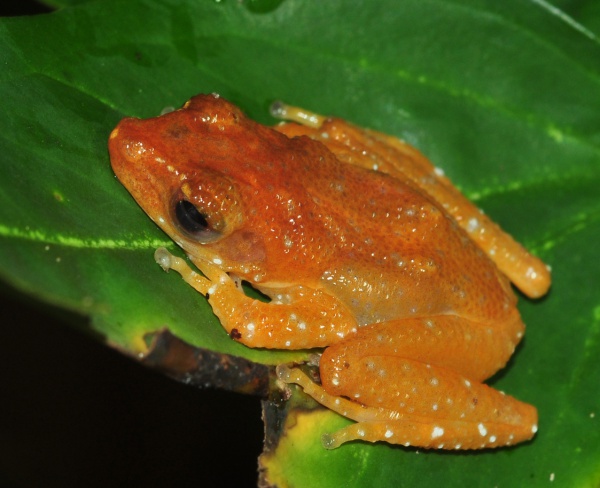Facts About Painted Indonesian Treefrog
The Nyctixalus pictus, commonly known by various names such as the cinnamon frog, cinnamon treefrog, cinnamon bush frog, painted Indonesian treefrog, and white-spotted treefrog, is a member of the Rhacophoridae family. These enchanting frogs are indigenous to the Malay Peninsula, parts of the Greater Sunda Islands, and the Philippines.
These small frogs are found in regions ranging from southern Thailand to Singapore on the Malay Peninsula, and also in Sumatra, Borneo (including Brunei, Malaysia, and Indonesia), and the Philippines.
Nyctixalus pictus frogs are relatively small, typically growing to about 35 mm in length, with males being slightly smaller than females. They have a pointed snout, prominent eardrums (tympanum), long limbs, and broad finger and toe tips with large pads. Their fingers lack webbing, but their toes are partially webbed. These frogs are usually brown or reddish-brown, adorned with white to yellow spots.
In terms of habitat, these frogs prefer the shrub and lower tree layers of primary and secondary forests, usually at elevations below 700 meters (2,300 feet). However, in Borneo, they can be found at elevations as high as 1,650 meters (5,410 feet). Their tadpoles develop in water-filled tree cavities and rotting logs.
Despite being relatively widespread, Nyctixalus pictus is not very common. They face threats from habitat loss due to deforestation for agriculture and logging. However, they do inhabit some protected areas. In Singapore, for instance, they can be found in the Bukit Timah and Central Catchment Nature Reserves.

 Brunei
Brunei